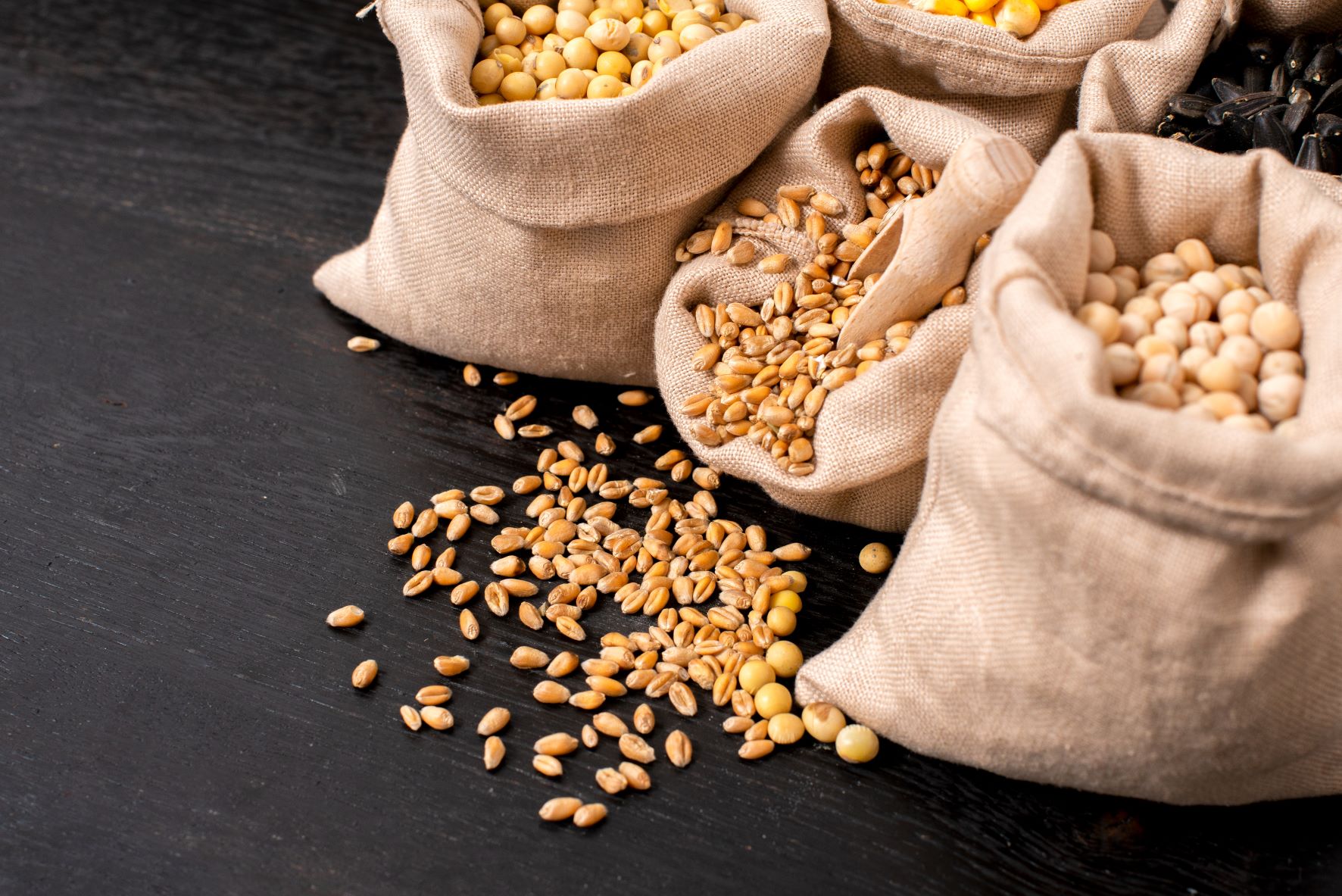
BLOG
What should we watch in the global grains and oilseeds market?

Unlike in the Southern Africa region, where a La Niña event typically leads to wet weather, the South America region experiences dryness. The drier weather has been the main feature of South America's 2021/22 production season, with grains and oilseeds production forecasts revised down in the past month from the optimistic levels of November 2021 in anticipation of poorer yields. The most exposed countries are Brazil, Paraguay and Argentina.
Still, suppose one considers the latest crop estimates from the International Grain Council (IGC) and the United States Department of Agriculture (USDA); the data suggest that South American countries will have a relatively larger harvest than 2020/21 production season.
Considering maize, the IGC forecasts a 30% year-on-year (y/y) and 1% y/y increase in Brazil and Argentina's 2021/22 maize production to 113 million tonnes and 61 million tonnes, respectively.
For this reason, both the IGC and USDA maintained the 2021/22 global maize production forecast at 1,2 billion tonnes, up by 7% y/y. Due to the expected relatively large global production, the IGC forecasts 2021/22 global maize stocks at 287 million tonnes, up by 3% y/y.
Still, the weather is a crucial indicator to monitor, influencing the final yields in South America. At the end of the week of 14 January 2022, there were forecasts of rains for parts of Brazil and Argentina, which, if it materialises, would bring the much-needed rains. We will keep a close eye on this region in the coming weeks.
Importantly, we should perhaps read the USDA and IGC's latest 2021/22 production estimates with caution. They might not have accounted for some recent weather changes and their impact after that on crops.
Consider South Africa's maize production estimates, which the USDA placed at 17,0 million tonnes (up from 16,7 million tonnes in 2020/21 season). The IGC estimated 16,5 million tonnes (down from 16,9 million tonnes in 2020/21 season). Such optimistic production harvests are unlikely for South Africa as the recent heavy rains have caused crop damage in some provinces and delays in plantings.
It seems that these institutions considered the optimistic weather outlook at the start of the season, in October 2021, and didn't account for the recent weather development. We fear the same could be true for South American countries; hence we think it's essential to observe weather conditions in this region over the next couple of weeks, which will impact the harvest size.
Unlike maize, the soybeans 2021/22 production forecasts for Brazil, Argentina, and Paraguay were revised down notably from the previous estimates. The IGC currently forecasts Brazil's 2021/22 soybeans production at 137 million tonnes (down 0,4% y/y), Argentina's harvest at 44 million tonnes (down by 5% y/y), and Paraguay's 2021/22 soybean harvest at 8,5 million tonnes (down by 13% y/y). Consequently, the 2021/22 global soybeans production is at 368 million tonnes, which is almost the same as the previous season.
The improvements in the harvest in the US, Russia, and Ukraine have somewhat compensated for the expected poor yield in South America. As a result of these production adjustments and the firmer global soybeans consumption, the IGC forecasts 2021/22 global soybeans stocks at 52 million tonnes, down by 6% y/y.
Rice and wheat production are not in a similar spotlight as soybeans as production forecasts have remained relatively stable since last year. The 2021/22 global rice and wheat production is estimated at 511 million tonnes (up by 1% y/y) and 781 million tonnes (up by 1% y/y). In terms of rice, the price direction has trended sideways to downwards in the recent months; we expect the trend to continue in the near term.
For wheat, the rise in global consumption has provided upward support to prices in the recent past. Still, the wheat prices shouldn't be as volatile as what we could see in soybeans and maize, where the weather conditions matter a lot for the near-term price direction.
Email: wandile@agbiz.co.za

0 COMMENTS
LEAVE A COMMENT